Details
- Highlights
- -- Residential neighborhood with a calm, laid-back atmosphere.
-- Tokyo Metropolitan Tama Library is just five minutes away from the station.
-- Both the Chuo and Musashino Line can be accessed at this station for increased transportation options. - Trainline(s)
- Nishi-Kokubunji Station is located on the JR Chuo Line (Rapid) and the JR Musashino Line.
- Access
- From Nishi-Kokubunji Station on the JR Chuo Line (Rapid):
-- 29-min direct to Shinjuku Station
-- 42-min direct to Tokyo Station
-- 40-min to Shibuya Station (1 transfer)

Contents
Nishi-Kokubunji at a glance
Nishi-Kokubunji Station is one of those stations that is between larger, much more well-known stations like Tachikawa and Kokubunji. As a smaller station, you won’t find the area quite that busy or crowded – which could be a plus if you prefer a quieter, more relaxed neighborhood. Along with this, rent tends to be just slightly cheaper in this area. But, there are still a handful of restaurants and shops near the station which help increase the livability from an entertainment and convenience standpoint.

Transportation
Compared to stations like Kichijoji and Tachikawa, Nishi-Kokubunji is a small stop on the JR Chuo Line – but you’ll be able to transfer to the JR Musashino Line here giving you the option for traversing North-South.
It’ll take approximately 31 minutes to get from Shinjuku Station on the Chuo Line. Since the Special Rapid Service doesn’t make a stop at Nishi-Kokubunji Station, the travel time from Tachikawa to Shinjuku can be faster.
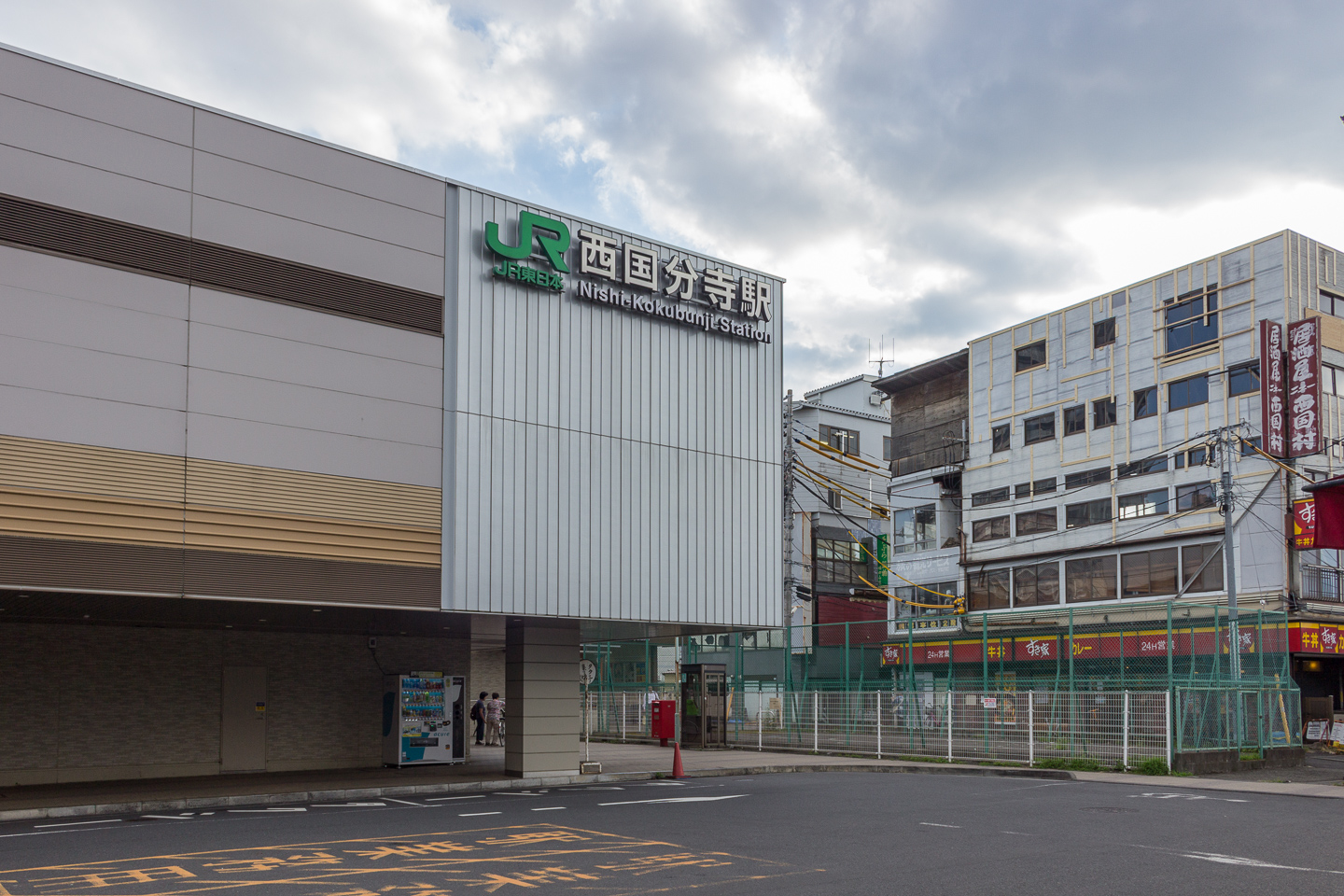
Rent
Rent in the area tends to be slightly cheaper compared to that of nearby stations. Here are current (September 2019) averages for renting apartments in Nishi-Kokubunji.
Studio/1K/1DK ¥57,200/month (About $540 assuming an exchange rate of ¥106/US dollar)
1LDK/2K/2DK ¥83,300 (About $790)
2LDK/3K/3DK ¥110,700 (About $1,040)
Of course, these are averages so it is possible to find cheaper listings (most likely those farther away from the station, or in older buildings, etc.) if affordability is your main concern. For a better idea of currently available properties in the area, check out listings here: Nishi-Kokubunji Apartments.
For example, rent for 1R apartments in the Nishi-Kokubunji area starts at around ¥49,000 per month.

Apartments for rent in the Nishi-Kokubunji area
- Nishi-Kokubunji Station apartments
- Kokubunji Station apartments
- Kunitachi Station apartments
- Koigakubo Station apartments
- Kita-Fuchu Station apartments
Ease of living
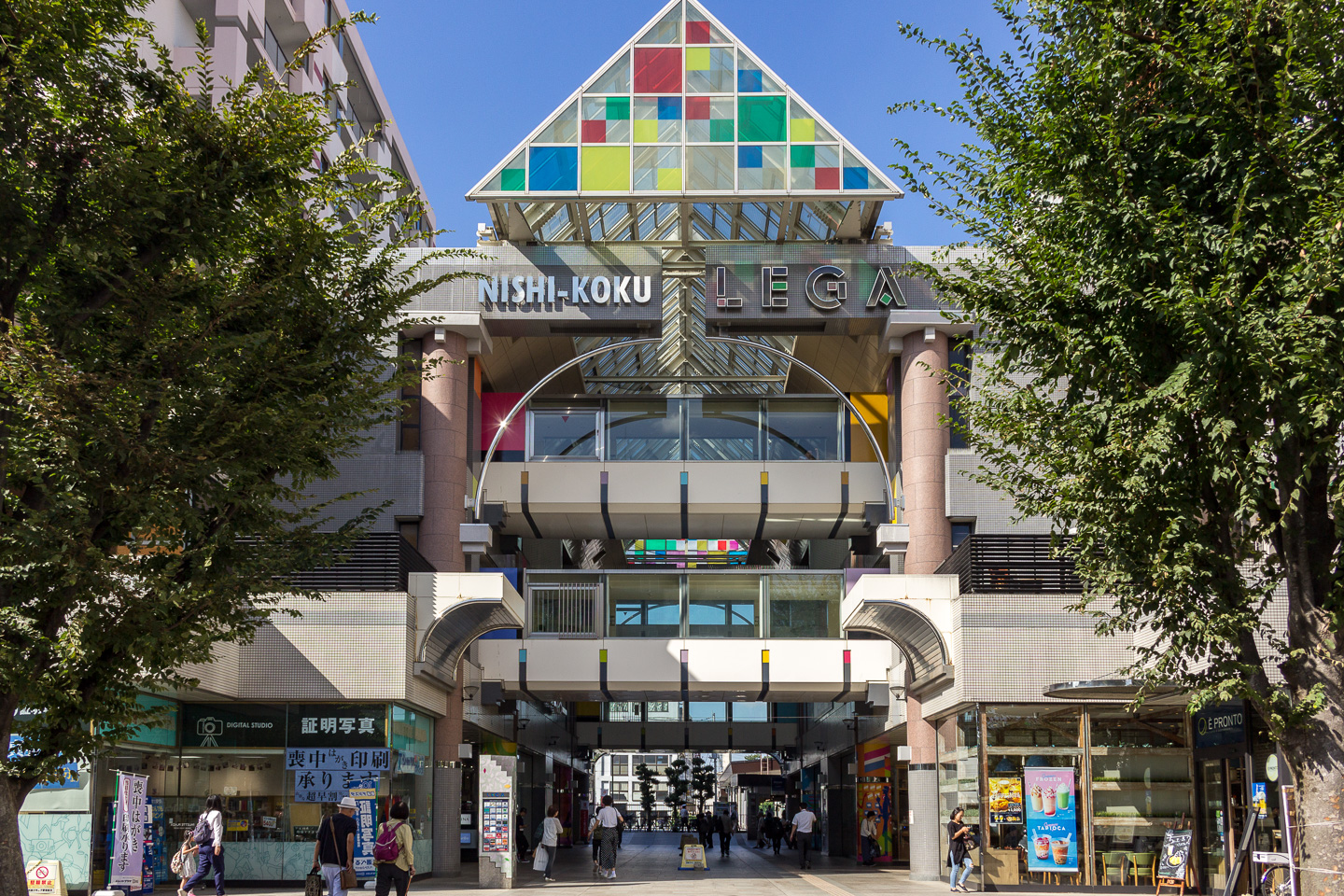
This is a very quiet and calm neighborhood that doesn’t feel too far away from downtown Tokyo. If you can live without multiple department stores or rows of izakayas then I think Nishi-Kokubunji could be a good option to look into.
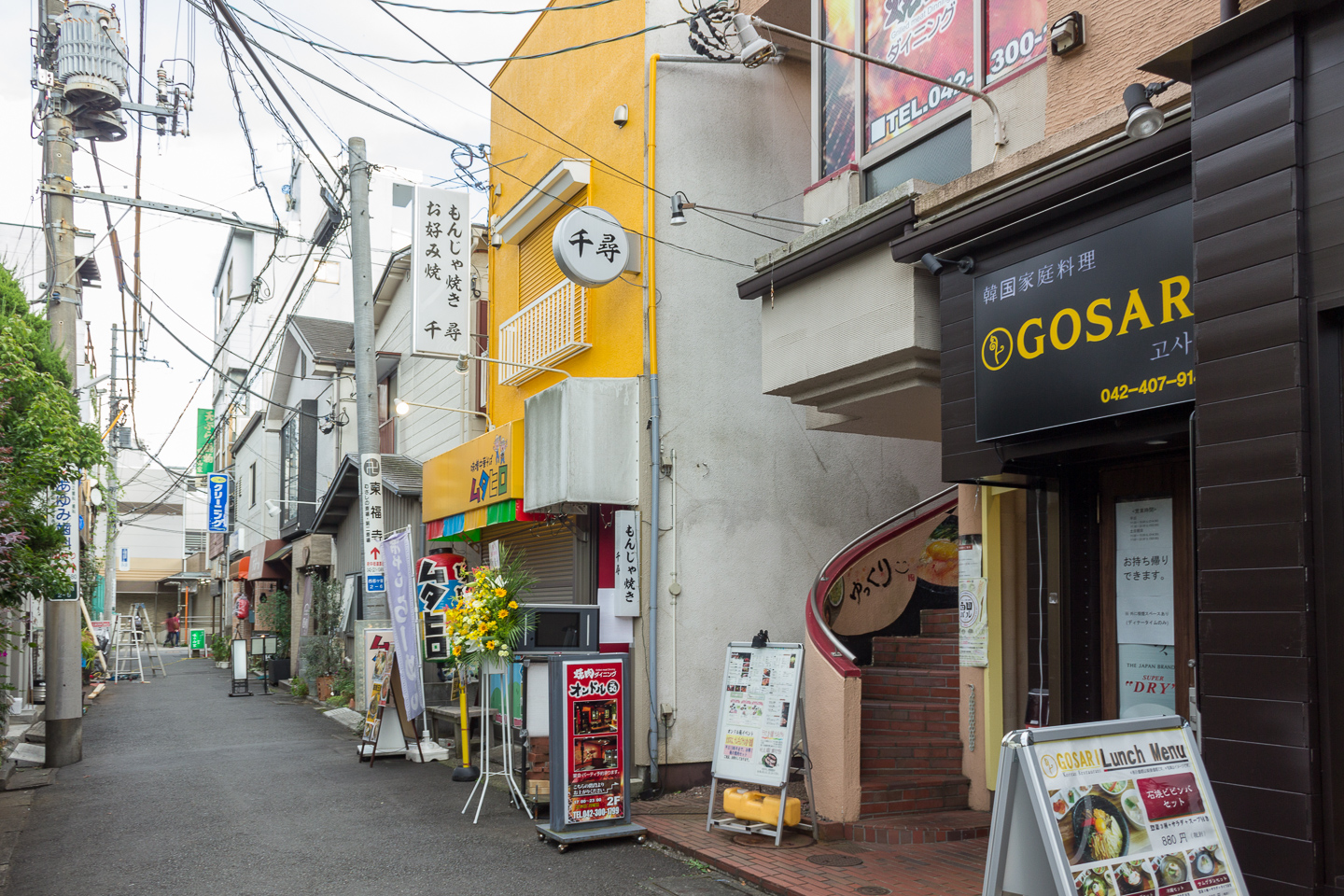
Your options for shopping are definitely limited compared to shopping around stations like Kichijoji and Kokubunji, but that doesn’t mean the livability is drastically reduced. You’ll still find a selection of supermarkets for picking up groceries, as well as some local restaurants and izakayas (Japanese-style bar).
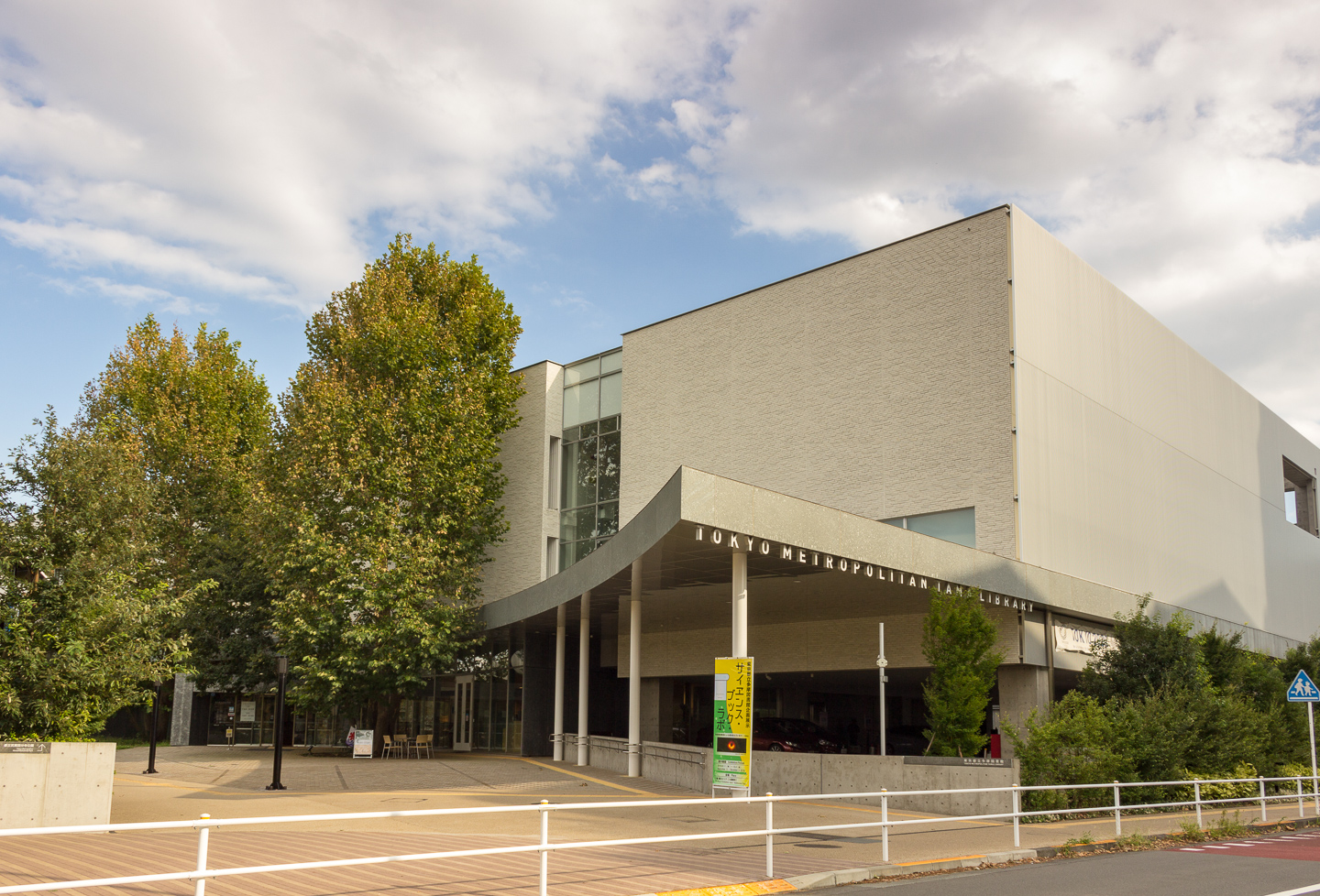
There’s also plenty of parks around, which is great for those with children. Just five minutes away from the station you’ll find the Tokyo Metropolitan Tama Library, where you can browse the latest magazines or study at the cafe.

Who is this area ideal for?
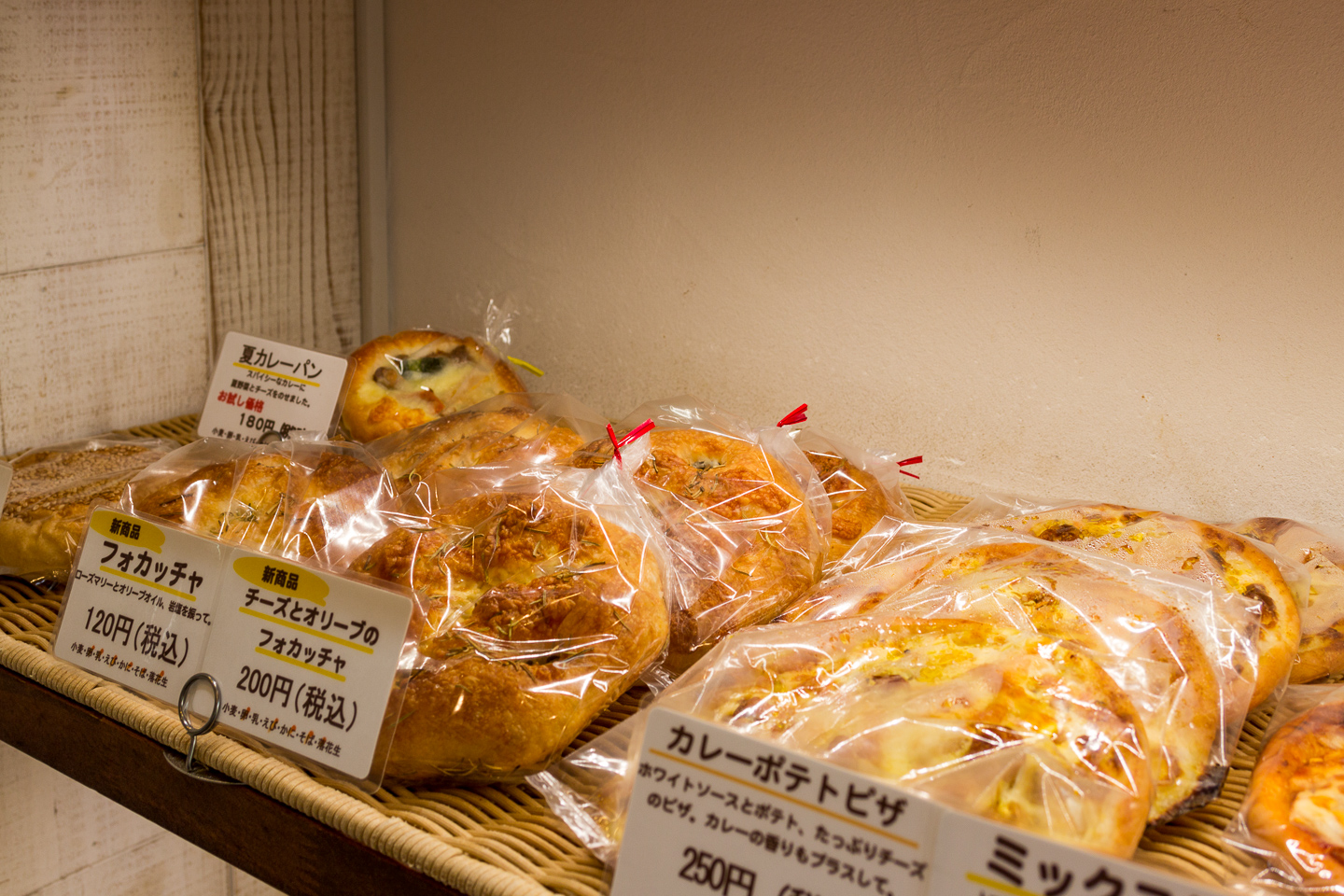
All things considered, you should take a look at Nishi-Kokubunji if peace and quiet are a high priority for you in your apartment search. The slightly more affordable rent is also a bonus taking into account this station is only about 30 minutes away from Shinjuku. Speaking about transportation, the fact that this small station offers the ability to traverse North-South on the Musashino Line is also a convenience for getting around west Tokyo. Nishi-Kokubunji is a livable area that could be a great fit whether you’re looking into renting a studio or trying to find a 2LDK for your family.
See all Tokyo Area Guides
Lead photo: Scott Kouchi








